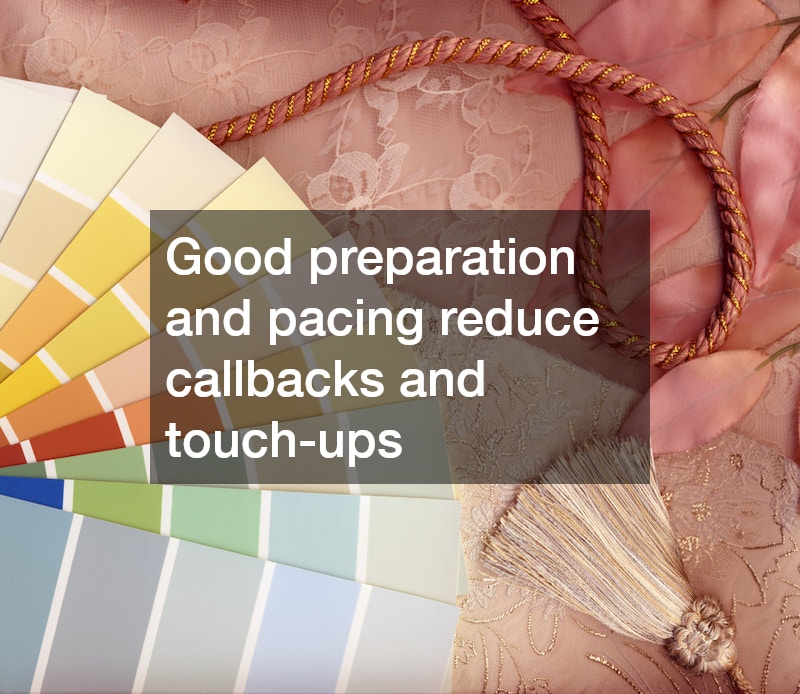Starting an exterior paint job can dramatically boost curb appeal while protecting your home from sun, wind, and moisture. Begin by choosing the right weather window: moderate temperatures, low humidity, and no rain in the forecast for several days. Surfaces must be clean and dry.
Inspect siding for rot, mildew, and peeling; wash, scrape, and sand as needed. Reseal gaps with exterior-grade caulk, repair damaged wood, and spot-prime problem areas. For bare wood, use an alkyd or bonding primer; for masonry, pick a breathable, mineral-friendly primer. Mask windows and fixtures, cover landscaping, and plan safe access with ladders or scaffolding.
Color and finish choices matter. Test large swatches on different elevations and check them at various times of day. Flat finishes hide imperfections but scuff easily, satin or low-lustre suits most siding, and gloss brings trim and doors to life. Invest in quality exterior paint and the right tools, including angled sash brushes, roller covers matched to your surface, and a sprayer for wide, open walls. Calculate coverage and add ten to fifteen percent for waste. Apply in the shade, keep a wet edge, and work top to bottom: eaves, siding, then trim and doors. Lastly, confirm HOA rules, historic-district guidelines, and lead-safe practices for pre-1978 homes. If the scope feels overwhelming, compare written bids that spell out prep steps, number of coats, and warranty terms to ensure a durable, beautiful result. Good preparation and pacing reduce callbacks and touch-ups, saving money over the life of the finish.


